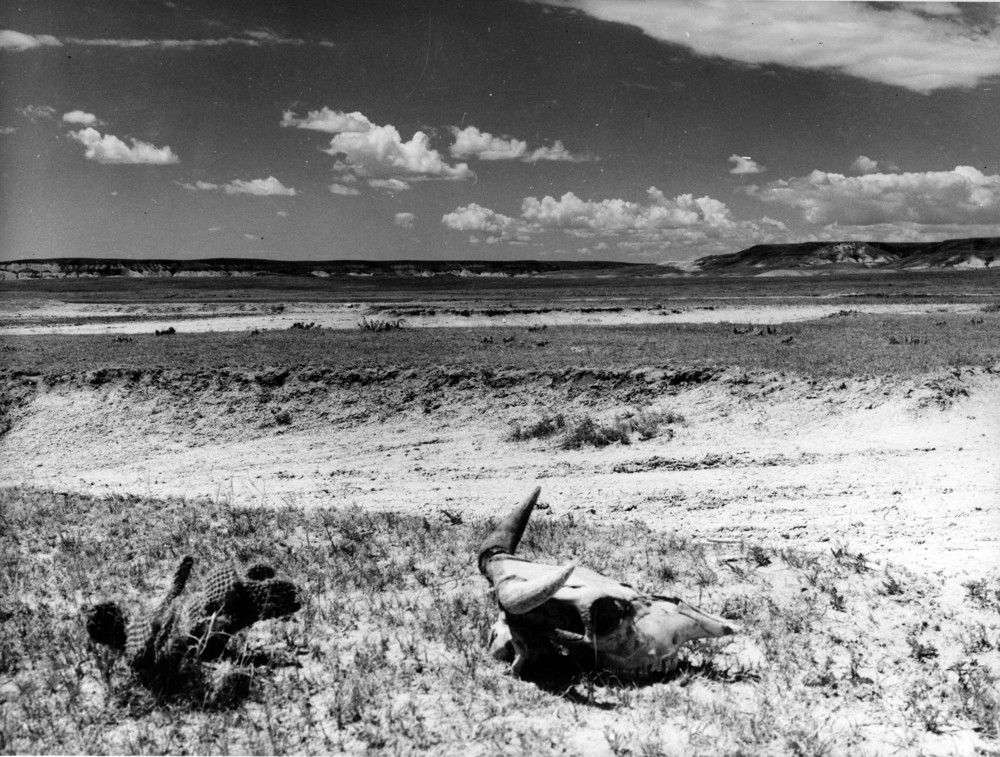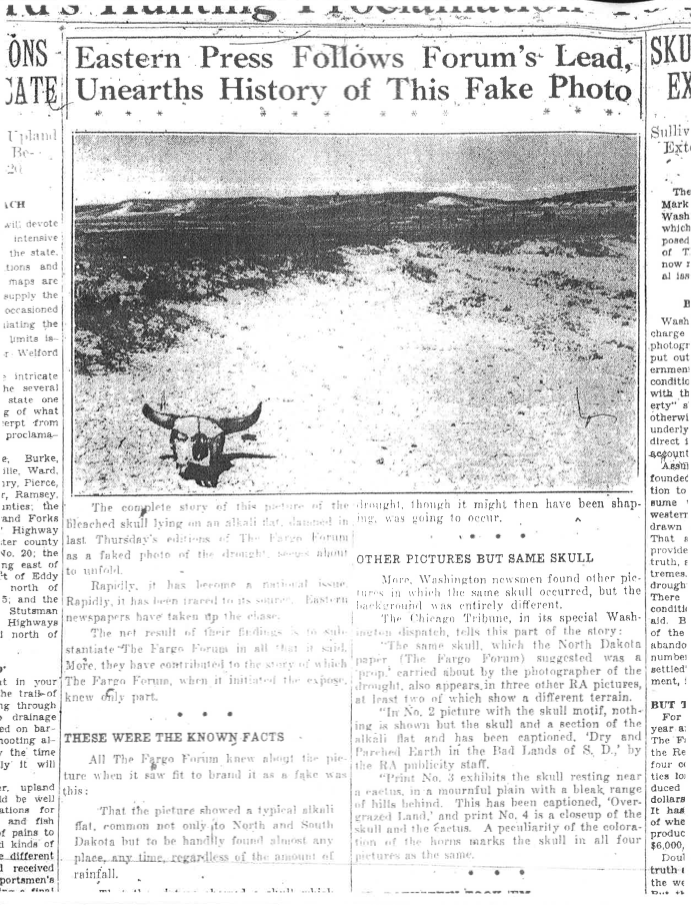Your cart is currently empty!
ARTHUR ROTHSTEIN

Guiding your business through the project
SOUTH DAKOTA BADLANDS, UNITED STATES
1936
PHOTO BY ARTHUR ROTHSTEIN /
WORKS PROGRESS ADMINISTRATION
REPRESENTATION:
The Associated Press released Rothstein’s famous image of a steer skull on cracked earth in August of 1936 as a symbol of drought conditions that drove thousands of farmers from their land. The photo was widely reproduced in publications across the country.
REALITY:
Rothstein, employed by the federal government’s Works Progess Administration, moved and photographed the same steer skull at several locations in the South Dakota Badlands. After multiple photos were released by the Associated Press, they were immediately labeled as government propaganda by various conservative newspapers around the country which opposed President Roosevelt’s New Deal policies.
The filmmaker and writer Errol Morris wrote in The New York Times: “In Arthur Rothstein’s photograph of a sun-bleached cow skull, Roosevelt’s opponents had found their proof of government waste, duplicity and fraud.”
In a 1964 interview with Rothstein, he stated that he was using the skull for “exercises in photography,” experimenting with “the texture of the skull, the texture of the earth, the cracks in the soil, the lighting” and “how the lighting changed from the east to the west as the sun went down.”
Rothstein claimed that he “had not taken the picture in the first place as an example of New Deal propaganda” and that he “had not taken the picture with the idea of it being used as a symbol of the drought.”
Learn more:
- View more of Rothstein’s work in the Library of Congress Archives
- Read the transcript of a 1964 interview with Rothstein
- Read Errol Morris’ take on the controversy
Image copyright Arthur Rothstein



